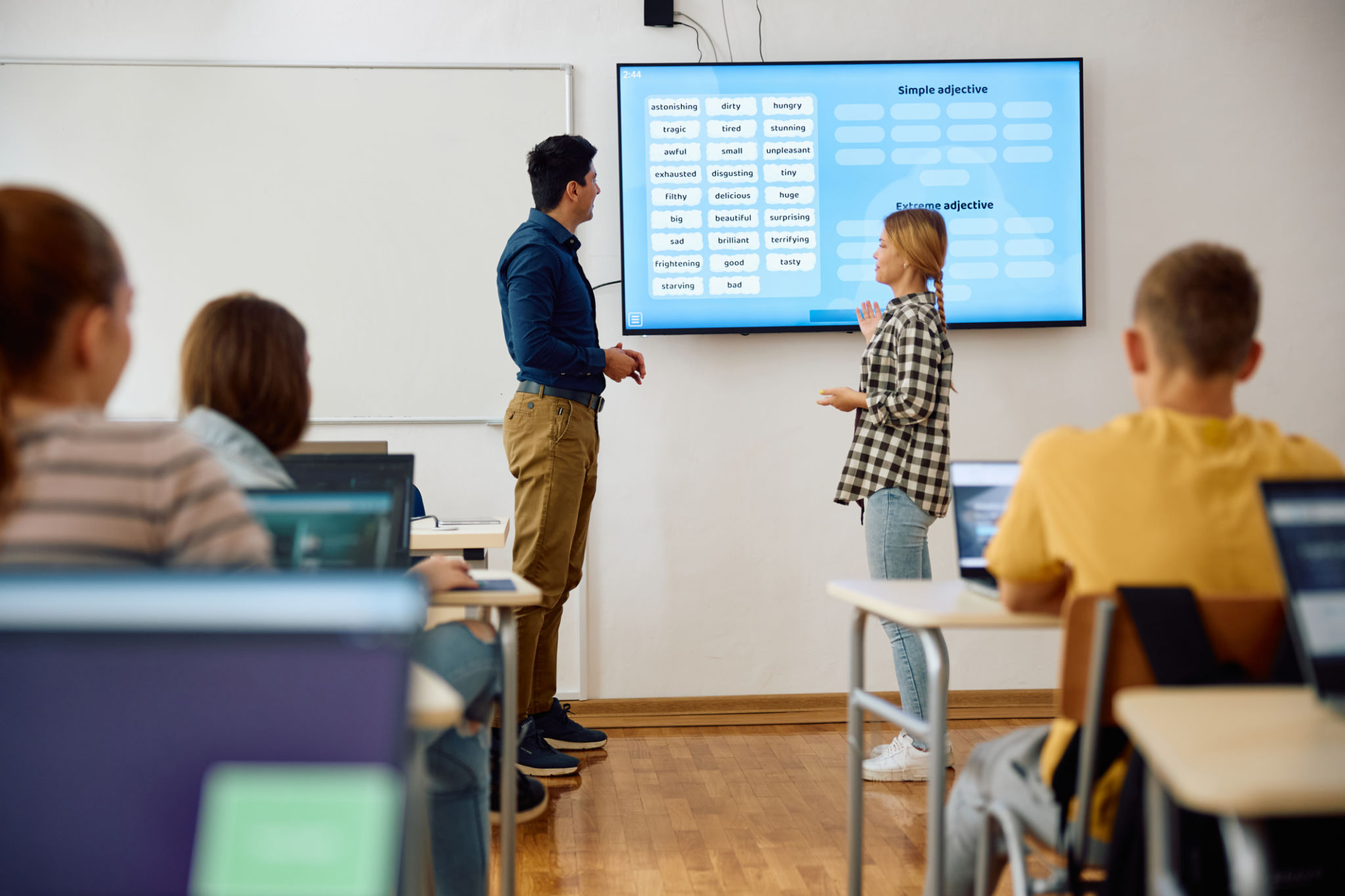Creating Effective Financial Literacy Programs: Insights from Experts
Understanding the Importance of Financial Literacy
Financial literacy is a crucial skill in today's world, impacting individual lives and the economy as a whole. With increasing financial products and services available, understanding how to manage personal finances is more important than ever. This underscores the need for effective financial literacy programs that equip individuals with the knowledge to make informed financial decisions.

According to experts, a strong foundation in financial literacy can lead to better budgeting, saving, and investing habits, ultimately contributing to financial stability. The challenge lies in creating programs that are engaging, accessible, and practical for diverse audiences. Read on to discover insights from experts on crafting impactful financial literacy initiatives.
Identifying Target Audiences
One of the first steps in developing an effective financial literacy program is identifying the target audience. Different groups have varying financial education needs. For instance, high school students may require basic budgeting skills, while adults might benefit from more complex topics like investing and retirement planning.
Experts suggest conducting surveys or focus groups to understand the specific needs and challenges faced by your target audience. This information can guide the development of tailored content that resonates with participants, ensuring the program's relevance and effectiveness.
Designing Engaging Content
Engagement is key when it comes to financial education. Traditional lecture-style presentations may not be enough to capture the attention of participants. Instead, experts recommend incorporating interactive elements such as workshops, games, and real-life scenarios to make learning more engaging and relatable.

Additionally, using multimedia resources like videos and infographics can help simplify complex financial concepts. By presenting information in a variety of formats, programs can cater to different learning styles, making financial literacy more accessible to everyone.
Leveraging Technology
Incorporating technology into financial literacy programs can greatly enhance their reach and impact. Online platforms and mobile apps provide flexible learning opportunities that fit into participants' busy schedules. These tools can also offer personalized learning experiences based on individual progress and preferences.
Experts highlight the importance of user-friendly interfaces and engaging content in digital platforms. Furthermore, incorporating social media and online communities can foster peer learning and support, encouraging participants to share experiences and insights.
Measuring Program Effectiveness
An often-overlooked aspect of financial literacy programs is the evaluation of their effectiveness. Experts advocate for setting clear objectives and metrics from the outset to assess the impact of the program. Surveys, quizzes, and feedback forms can help gauge participants' understanding and satisfaction with the content.

Continuous improvement is vital for program success. By analyzing feedback and results, organizations can identify areas for enhancement and ensure that their financial literacy initiatives remain relevant and effective over time.
Collaboration with Financial Experts
Partnering with financial experts can add significant value to a financial literacy program. These professionals can provide up-to-date insights and practical advice that enhance the credibility and depth of the content offered. Their experience can also inform the development of realistic case studies and examples that resonate with participants.
Additionally, collaborations with local banks, credit unions, or financial advisors can facilitate access to resources and support that enrich the learning experience. Such partnerships can also help in reaching a wider audience through co-hosted events or workshops.
Building a Sustainable Program
Sustainability is key to ensuring long-term success for any financial literacy initiative. Experts suggest creating a roadmap that includes regular updates and refreshers on course content to keep it relevant to changing financial landscapes.
Moreover, establishing a strong network of facilitators and alumni can aid in maintaining program momentum. Encouraging past participants to become mentors or advocates for financial education can help perpetuate a culture of continuous learning and support within communities.
